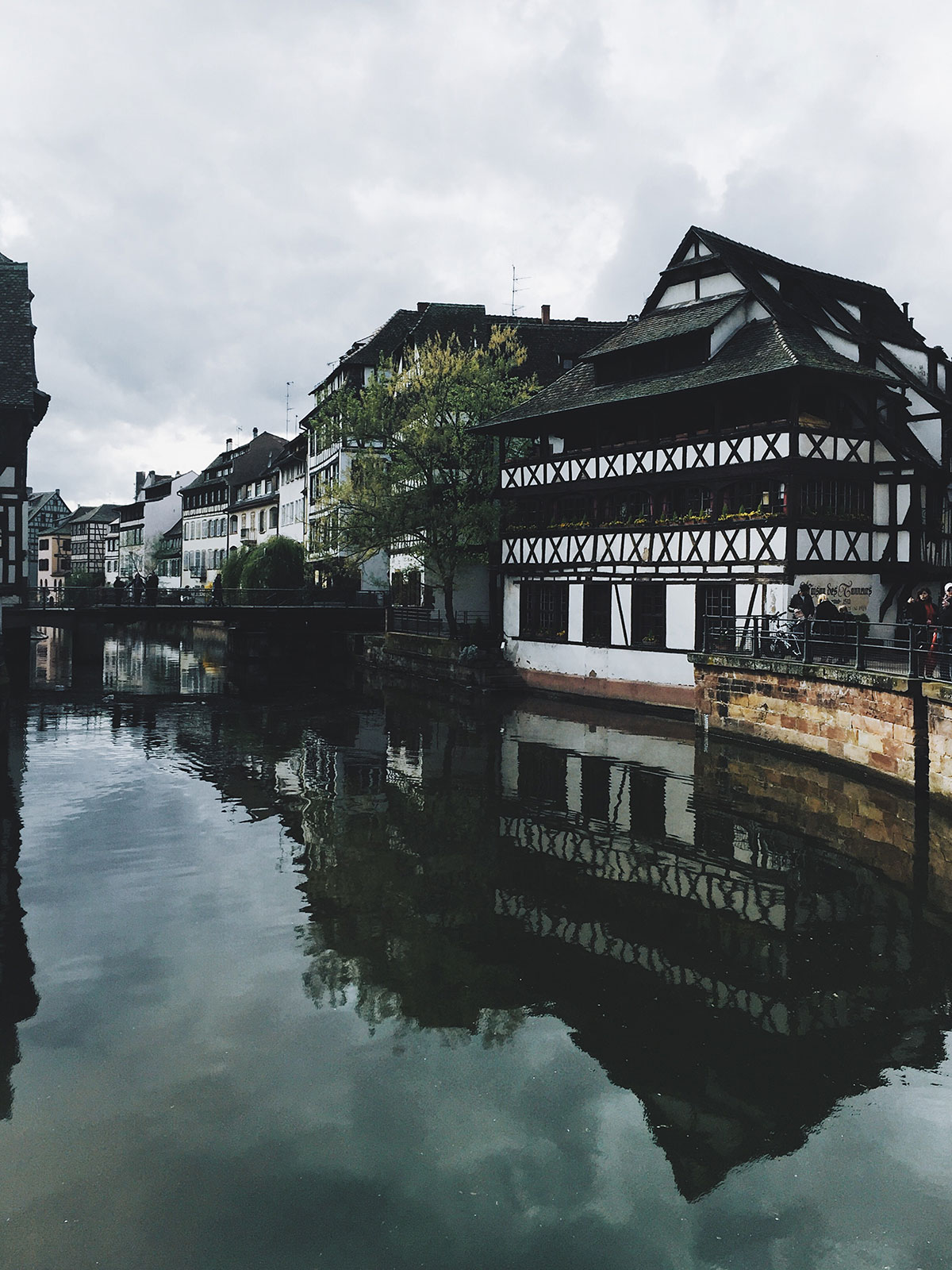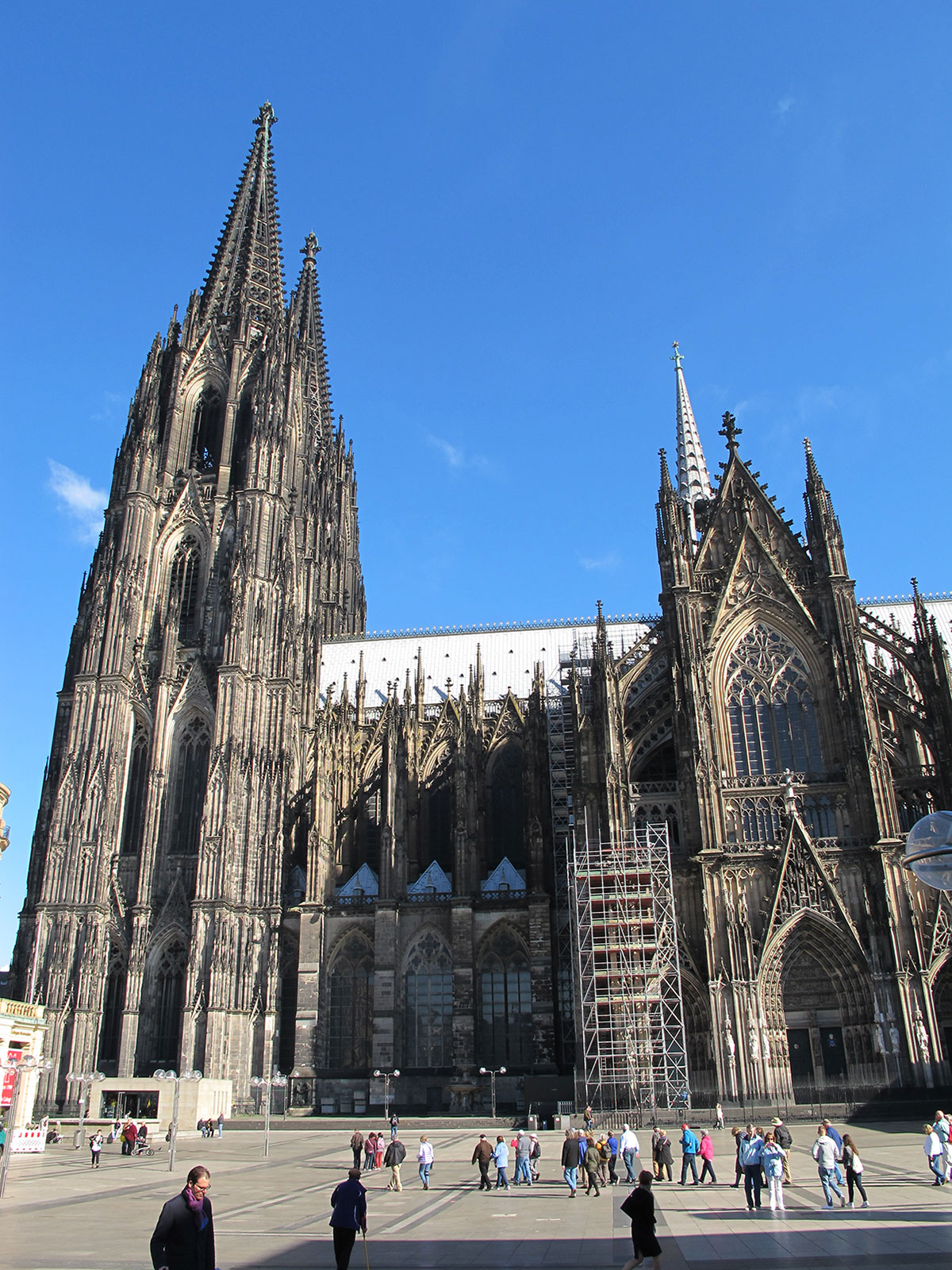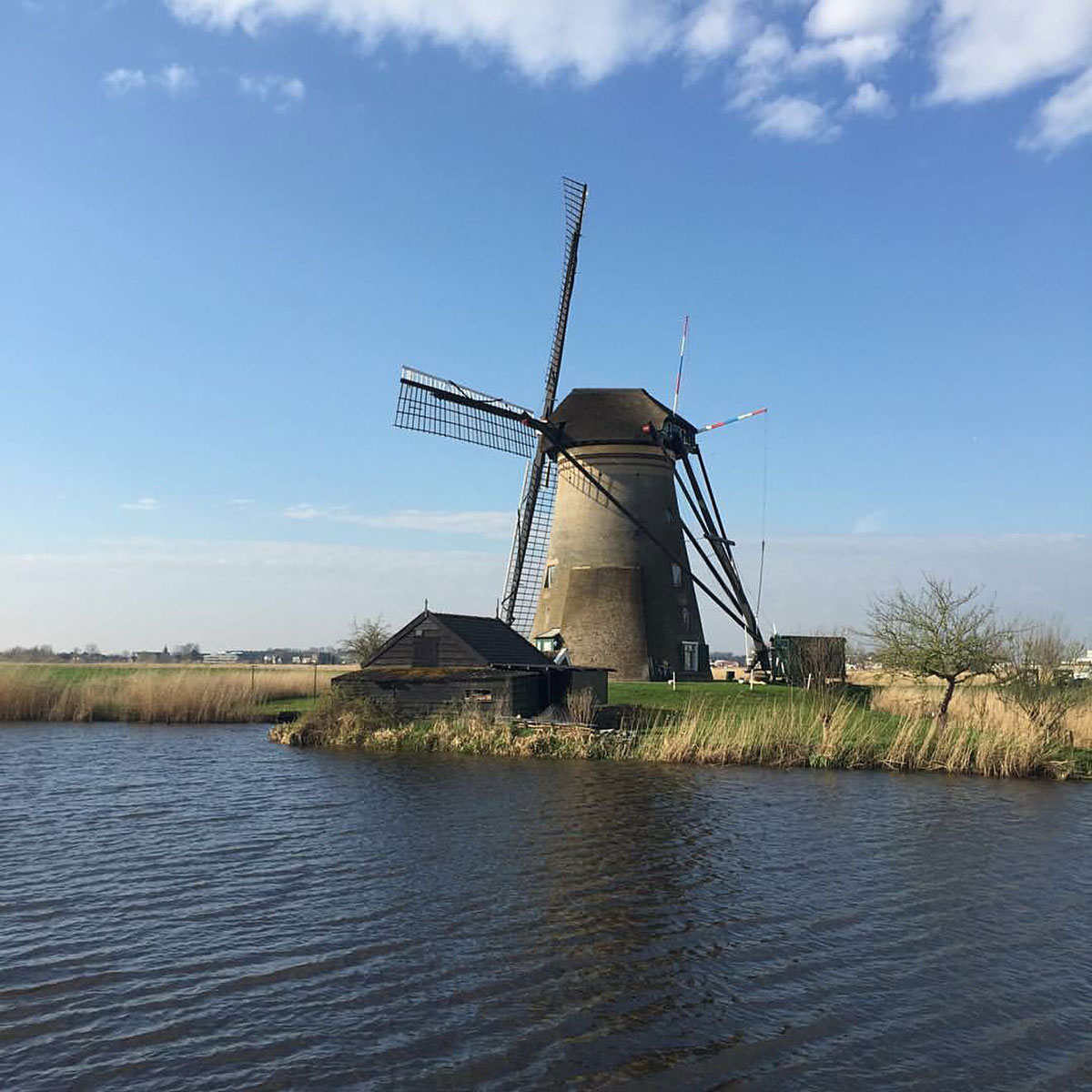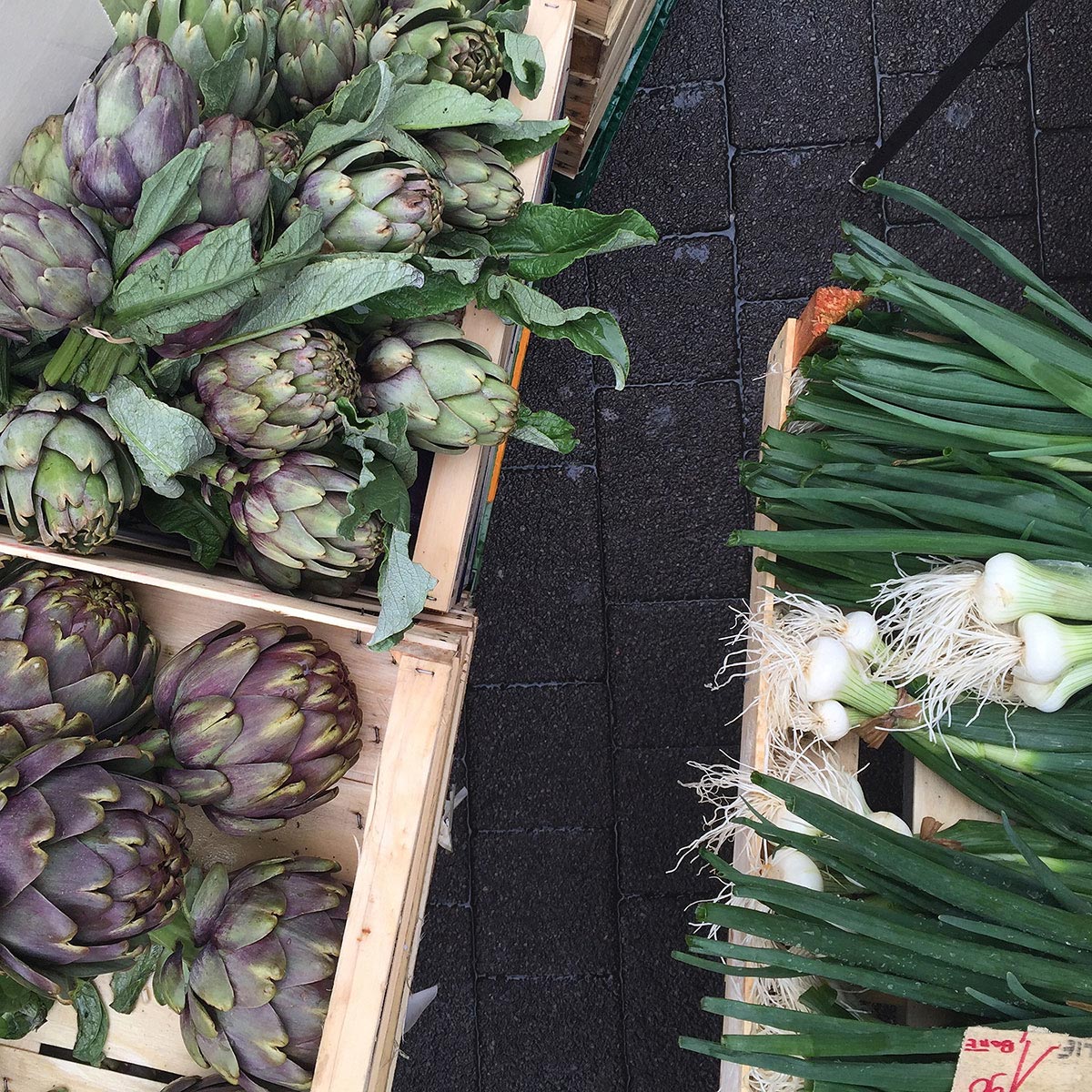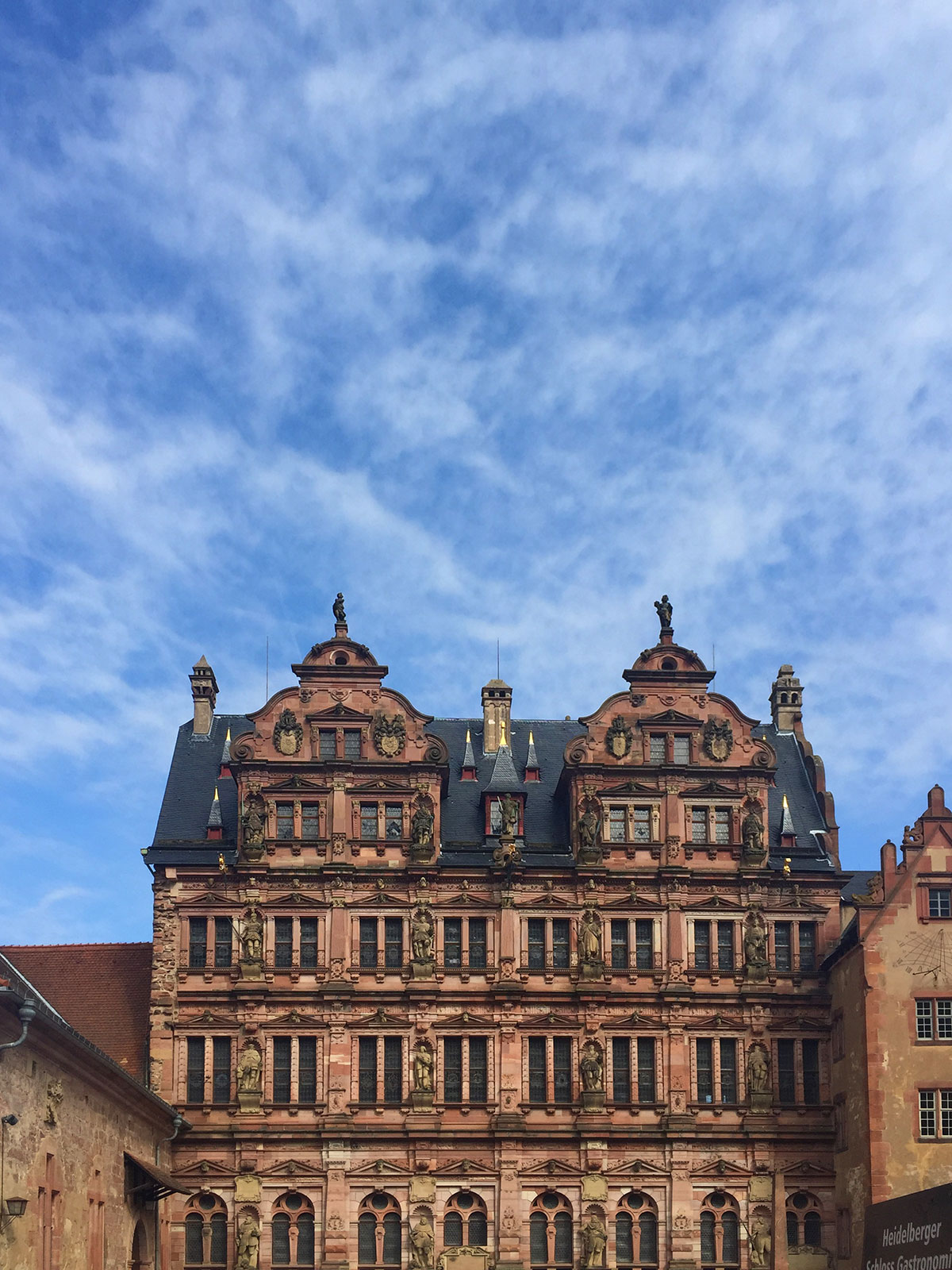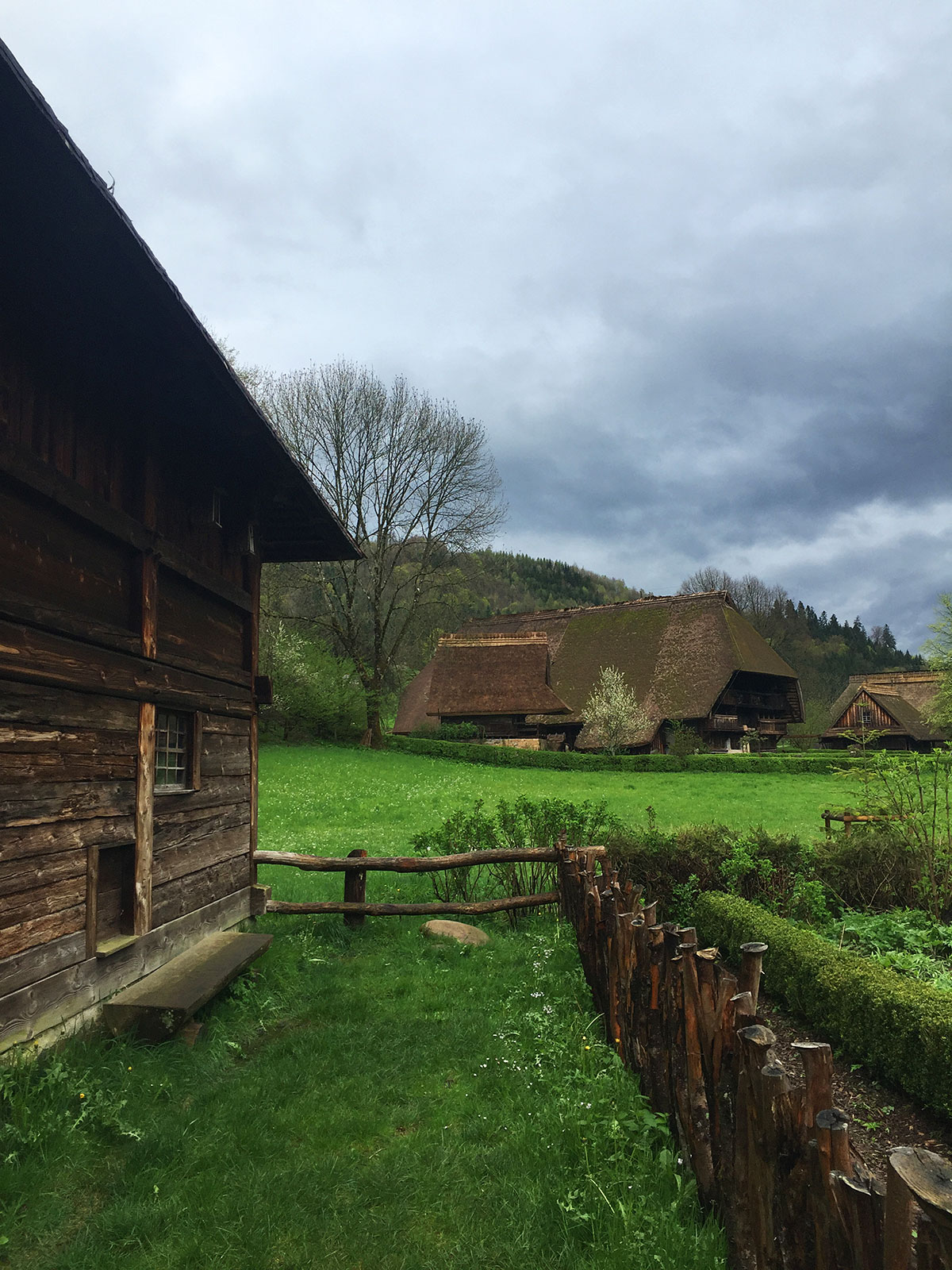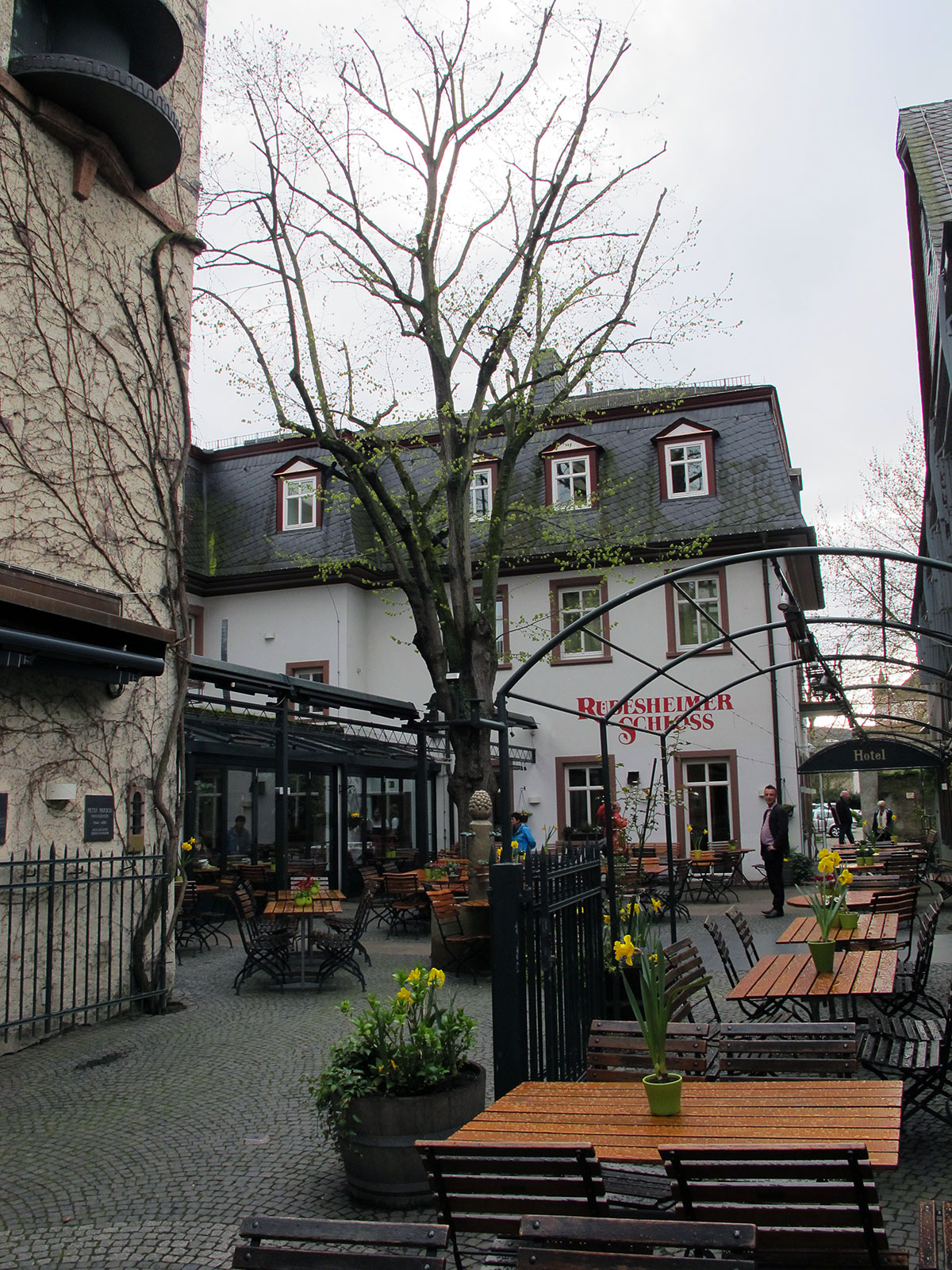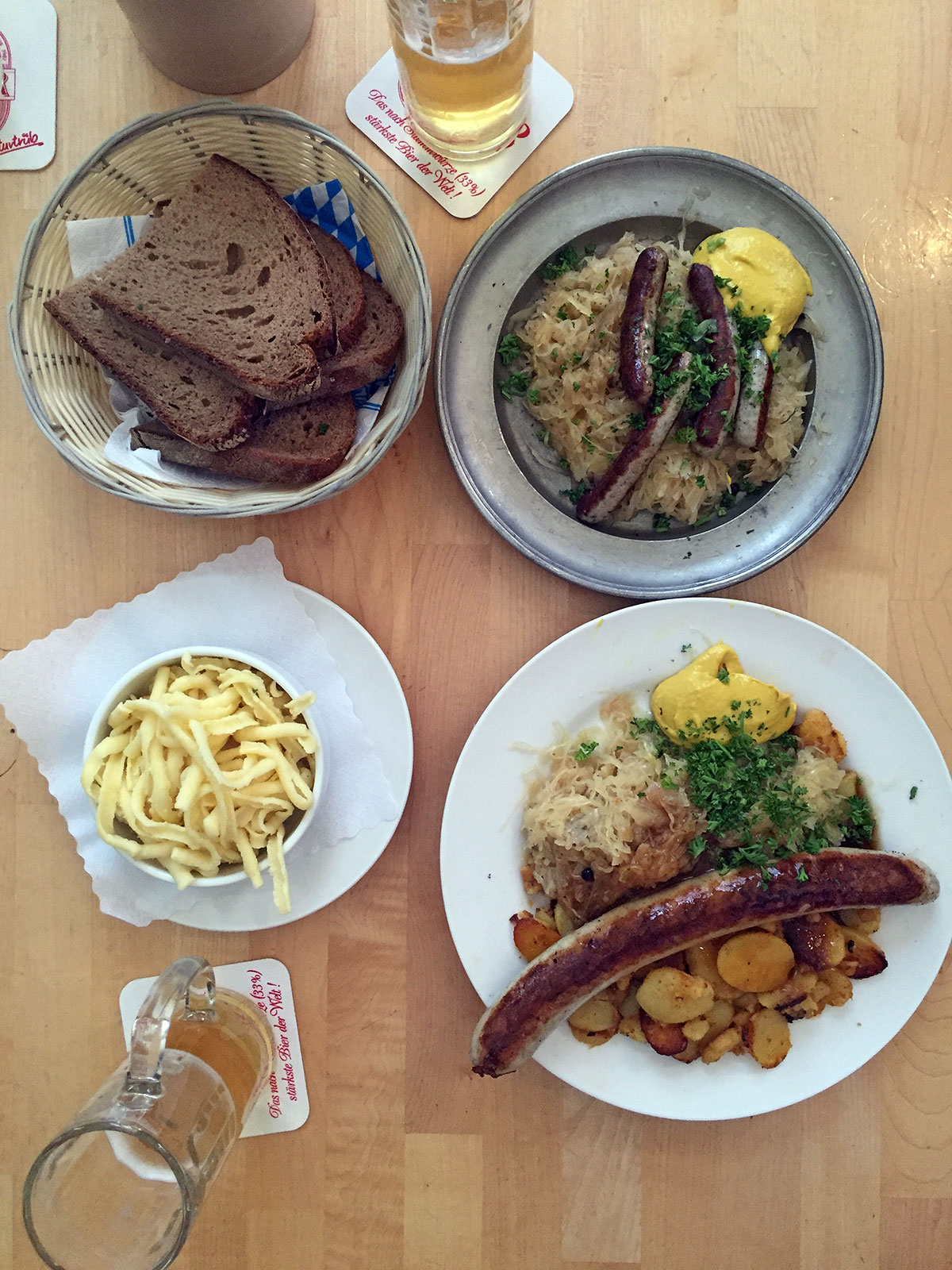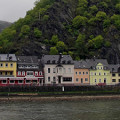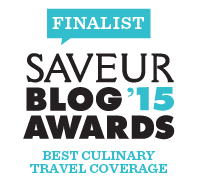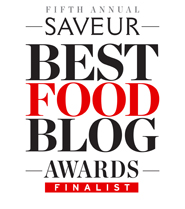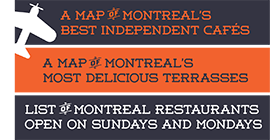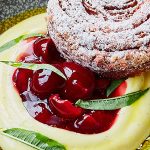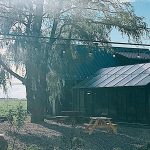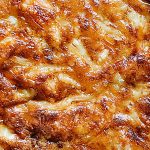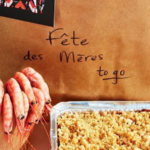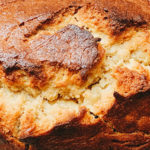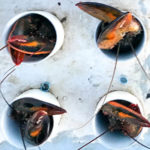One of the advantages of travelling with Viking River Cruises is that your hotel is also your transportation and that it follows you around while you’re travelling. This is the perfect way not to waste time driving or riding the train, especially since the actual transport part of the trip happens mostly while you’re sleeping so you can take full advantage of all the cities you dock at. On my Rhine Getaway cruise, I departed from Amsterdam and sailed through the Netherlands, France and Germany to our final destination in Basel, Switzerland. We visited about 10 towns along the Rhine River and here are some of my highlights.
Cologne’s Cathedral
Cologne is one of Germany’s largest cities and boasts many attractions, including several museums (more than 30!), monuments, great architecture, bustling shopping streets and the magnificent Cologne Cathedral. Declared a UNESCO World Heritage Site in 1996, the Cologne Cathedral took 650 years to build (with an intermediary 367 year-hiatus), weighs 240 tons (Paris’ Notre-Dame weighs 60 tons), has a 135-foot high nave (one of the highest in the world) and the largest church façade in the world, thanks to its two tall spires. To say that I was impressed is an understatement! It’s so large that I couldn’t even fit it all in my camera frame! Yet despite its size, it’s elegant and refined and exquisitely and intricately carved, both inside and out. The nave’s tall ratio and stained-glass windows lends it a sense of ascending lightness. It’s no surprise that the Cologne Cathedral is Germany’s most visited landmark!
Kinderdijk’s windmills
Our first Rhine Getaway stop was at historic Kinderdijk, a small village in the Netherlands and a UNESCO World Heritage Site of working windmills and flood management system since 1997. The site was built around 1740 and groups 19 working windmills that help manage the confluent waters of the Lek and Noord rivers. It’s the largest concentration of windmills in Holland and I’m not sure if everyone gets as excited as I was to visit these spinning giants! I was absolutely spellbound by how efficient the windmills are at keeping what is basically a country built under water (up to 23 feet under water!) from flooding over. I was even more fascinated when we visited a windmill that was left intact and showed how large families of 10 to 12 lived inside and managed the mill. The landscape around the mills include canals, dykes and fields and make for a very Dutch-cliché bucolic scene. You can pick up a picnic basket at the entrance and have lunch on the grass around the mills.
Strasbourg’s food and wine
When we docked in Strasbourg, I opted for the prolonged food tour of the city with Food & City Tours and I am so happy I did! It was the ideal way to discover this lovely Alsacian town, by walking from food spot to food spot. We started our day at the market then proceeded to visit several local food focused businesses. Our first stop was Chez Christian, a lovely pastry shop where we filled and stocked up on their delicate, stuffed chocolate praline bonbons. Next was La cloche au fromage, a cheese monger where we sampled some local cheese, notably the lovely Munster and Bertschwiller cheeses. The first part of our food tour ended at Oenosphore, a caviste where we settled for lunch of cheese and charcuteries paired with lovely Alsacian wines from the well stocked store. After lunch we walked around some more and admired the imposing Strasbourg Cathedral before we headed to Au Bon Vivant, a local restaurant where we learned about the “Alsacian pizza” or tarte flambée, which we enjoyed with a glass of Riesling, of course! Flammenkuche is a very thin pizza topped with all sorts of fresh ingredients and eaten with your hands in traditional, roadside restaurants throughout the region. The tour ended at Petite France, my favourite part of the city but not before grabbing some dessert at Mireille Oster, famous for her pain d’épices among other delicious treats. The traditional Alsacian buildings of Petite France reflected in the canals on that gorgeous day and strolling around the quaint, pedestrian, cobblestone streets was the perfect way to end the day.
I cannot recommend the food-focused tours of Food & City Tours enough. The tours are all customize according to season, day of the week, weather or the customers’ requests so no two tours are alike, which keeps them fresh and innovative.
The Heidelberg Palace
The Heidelberg Palace dominates the old Heidelberg town center from the top of its verdant hill. The town’s skyline is dotted with church peaks and old squares and flanked by stone bridges overlapping the Neckar river. The red sandstone building is an impressive example of Romantic architecture whose construction started in 1255 and was added to for centuries to follow. It was heavily damaged by man and nature several times but is still to this day, one of the grandest palaces of the German Renaissance era. Visit the Ottheinrich Building, the magnificent gardens and the Barrel Building where a giant barrel with a capacity of 130,000 litres was built in 1591 as a way to hold wine collected as taxes.
On your way down from the castle, go on a tour of the old center. Lunch at a traditional brauhaus (brewery) is an essential. Each German town has its own microbrewery and beer. Heidelberg’s Brauhaus Vetter is no different. Have one of their Vetter beers with a plate of sausage and sauerkraut for a truly German lunch. Don’t forget to stop by Cafe Gundel for a coffee and a Heidelberg specialty, the kurfürstenkugel, a chocolate covered ball with a nougat cream center covered by marzipan and more chocolate. It comes in many flavours but the original is the best, in my opinion. I regretted not buying more to enjoy on the ship.
The Black Forest farms
We docked in Breisach early in the morning. This gateway to the Black Forest was our departure point to embark on an-all day adventure to that mystical part of Germany. Did you know that the black forest was conquered much later than other parts of the country because every conquering nation was afraid to enter it. The “black” part of it was a result of how dark it is inside the forest. In reality, it’s this incredible shade of green, especially when you visit in spring. The high humidity and rain contribute in making this part of Germany one of the lushest. The hills are a thousand different shades of green, from the chartreuse shade of the new tree leaves to the grassy green of the fields to the dark, almost black shade of the evergreens.
The first stop on our Black Forest tour was the Black Forest Open Air Museum or Schwarzwälder Freilichtmuseum Vogtsbauernhof. Founded in 1964 and located in a bucolic meadow, the museum is the only one of its kind with a collection of some of the Black Forest’s best cultural assets. You can walk around the 6 furnished farm houses, several outhouses, mills and barns. The complex also counts heirloom breeds of cattle and pigs, as well as some other farm animals. Take a guided tour of the museum and get a history lesson into the fascinating Black Forest culture.
For lunch, must haves include Black Forest ham and Black Forest cake, of course! I’m not a big fan because I don’t really like fruit with my chocolate cake but the one we had decorated in front of us was not bad, actually.
Note that Germany’s state of Baden-Württemberg where the Black Forest is located is renowned for its cuckoo clock making. There are several stores selling row upon rows of cuckoo clocks, which can cost thousands of dollars depending how intricate the wood carving and mechanism are.
Rüdesheim am Rhein’s quaint, pedestrian Drosselgasse
I loved this cute little town located smack in the middle of Germany’s charming wine making region. I was immediately seduced by the quaint and narrow pedestrian Drosselgasse in Rüdesheim’s Old Town where I spent a few hours wandering. Although very touristy, the 15th century Drosselgasse is a must visit for its cobblestone streets lined with beautifully decorated restaurants, boutiques and courtyards. Musicians and live bands are also part of this very lively part of town. I swayed away from the Old Town to go grab a bite and a glass (or two) of wine at the Carl Ehrhard wine bar, which was recommended by the Concierge on board my Viking River Cruise ship. The wine bar specializes in wines from their own vineyards as well as many others from the Rheingau region (“Rhine District”) of Germany. The Carl Ehrhard Rheingauer Riesling is outstanding, if you ever have the chance to taste it. The wine bar also serves a large selection of elevated bar food, including an outstanding selection of charcuterie and cheese.
Many thanks to Viking River Cruises for inviting me on this Rhine Getaway cruise. Viking River Cruises offers dozens of river cruises in Asia, Europe, Russia and Egypt. All opinions in this article are my own, as usual.


